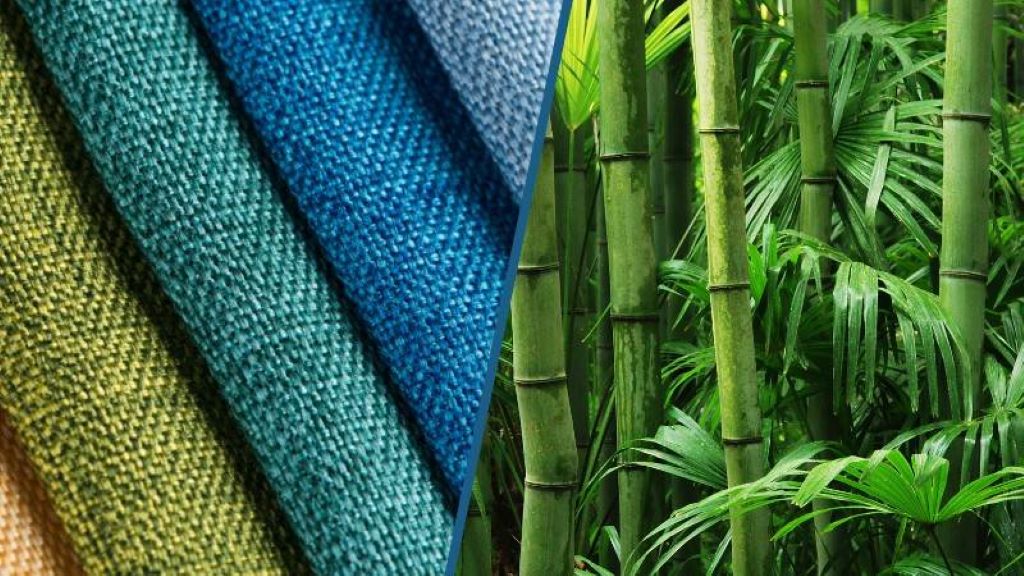
Bamboo clothing has been touted as a sustainable alternative to traditional textiles, but is it truly eco-friendly or simply a fashion faux pas wrapped in green marketing? Let’s delve deeper into the complexities of bamboo fabric production and its environmental impact.
The Allure of Bamboo
Bamboo boasts several attractive qualities that have propelled it into the spotlight of sustainable fashion:
- Rapid Growth: Bamboo is one of the fastest-growing plants on Earth, requiring minimal water and pesticides compared to cotton.
- Softness: Bamboo fabric is exceptionally soft, often compared to silk or cashmere.
- Breathability: The porous nature of bamboo fibers allows for excellent moisture-wicking and temperature regulation.
- Antibacterial: Bamboo possesses natural antibacterial properties, potentially reducing odors.
The Environmental Cost of Bamboo Fabric
Despite its initial appeal, the production of bamboo fabric raises several environmental concerns:
- Intensive Harvesting: While bamboo grows quickly, large-scale monoculture plantations can lead to deforestation and habitat loss.
- Chemical Processing: The most common method of turning bamboo into fabric, known as viscose, involves the use of harsh chemicals like sodium hydroxide and carbon disulfide. These chemicals pose risks to workers and can pollute waterways if not properly managed.
- Closed-Loop Systems: Very few facilities have closed-loop systems to recycle and reuse the chemicals used in viscose production. This means that even “sustainable” bamboo clothing can contribute to pollution.
- Transportation: Bamboo is often grown in Asia, while the fabric is manufactured elsewhere, leading to a significant carbon footprint from transportation.
Related: Unveiling the Power of Choice: Why Ethical Clothing Matters
Bamboo Fabric: Types and Their Impact
There are two main types of bamboo fabric:
- Viscose Bamboo: This is the most common type, made through the chemical-intensive viscose process. While technically derived from a natural resource, its production raises the environmental concerns mentioned above.
- Mechanically Processed Bamboo: This less common method involves crushing the bamboo and using natural enzymes to break down the fibers. It’s considered more sustainable, but the resulting fabric can be less soft and durable.
The Verdict: Is Bamboo Clothing Eco-Friendly?
The answer is not a simple yes or no. The sustainability of bamboo clothing depends heavily on:
- Sourcing: Look for bamboo fabric certified by organizations like Oeko-Tex or the Forest Stewardship Council (FSC), which ensure responsible forestry practices.
- Processing: Choose mechanically processed bamboo if possible, or viscose bamboo from companies committed to closed-loop chemical systems.
- Transparency: Seek brands that provide detailed information about their supply chains and production methods.
Making Informed Choices
If you’re considering bamboo clothing, be a discerning consumer. Ask questions, research brands, and consider the full lifecycle of the garment. Bamboo has the potential to be a more sustainable option, but only when produced responsibly.
Key Takeaways
- Bamboo fabric can be soft, breathable, and antibacterial.
- The production of bamboo fabric, particularly viscose, can have a significant environmental impact due to chemical processing and deforestation.
- Look for certified bamboo fabric and brands committed to sustainable practices.
- Consider mechanically processed bamboo as a more eco-friendly option.
By understanding the complexities of bamboo fabric, you can make informed choices that align with your sustainable fashion goals.



